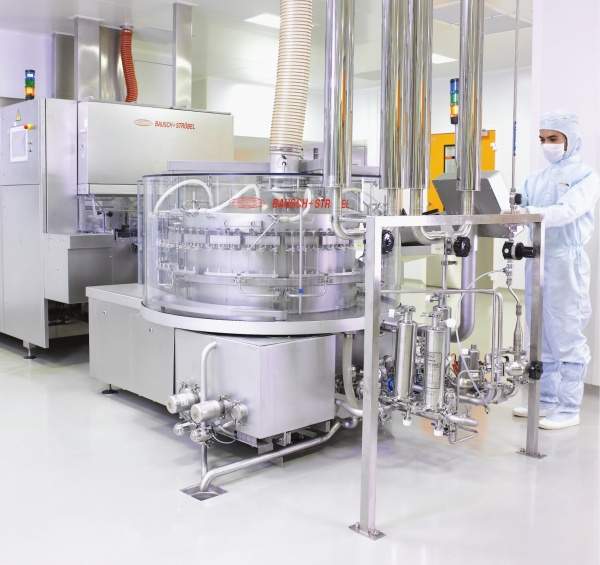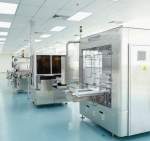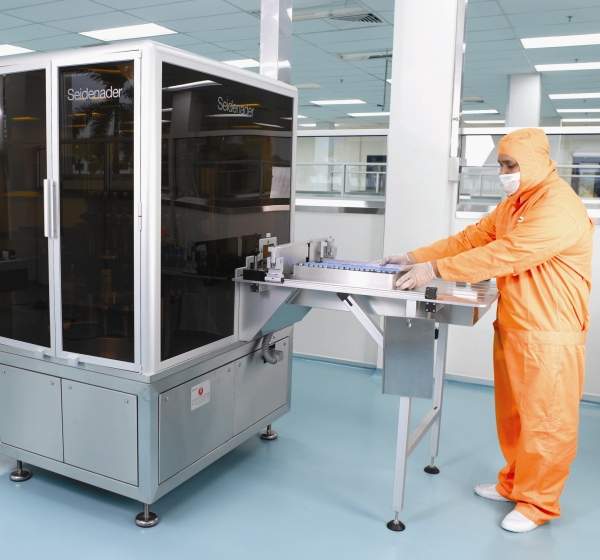Pharmaniaga LifeScience’s small volume injectables (SVI) facility in Puchong, in the Selangor district of Malaysia, commenced commercial production in January 2011.
The Puchong factory will carry out SVI fill and finish contract manufacturing for both regional and global companies. Built at a cost of RM149m, the plant has a production capacity of 40 million units a year.
The new facility is compliant with the good manufacturing practices (GMP) of the European Union, US Food and Drug Administration (FDA) and Pharmaceutical Inspection Convention and Pharmaceutical Inspection Co-operation Scheme (PIC/S).
Pharmaniaga constructed the SVI facility to expand its manufacturing base and accommodate future manufacturing capabilities. As a long term strategy, Pharmaniaga plans to relocate its entire manufacturing operations to the new site.
Pharmaniaga LifeScience is a subsidiary of Malaysian investment holding company Pharmaniaga.
Project details
The concept design and the plant specifications were completed in 2002 and 2003 respectively, by a UK-based consultant.
Construction of the plant commenced in July 2004. Officials from National Pharmaceutical Control Bureau (NPCB) visited the facility in 2007 and recommended improvements necessary to begin production.
The factory acceptance test (FAT) was undertaken in early 2008 after implementing the NPCB recommendations. An engineering trial run was conducted in the third quarter of the same year.
The facility obtained the cGMP certification from the Ministry of Health in August 2010. The first product licence for commercial production was obtained in December 2010.
Pharmaniaga SVI facility layout and equipment
The SVI plant has been constructed on a 17.5ha plot and has a built up area of 9,000m2. It is the first facility in Malaysia to feature clean-rooms of classes A, B, C and D.
The main building includes a warehouse, manufacturing and packaging area, equipment workshop, quality control and microbiology laboratories and an office.
The Puchong factory is equipped with European processing equipment such as a solution preparation line, ampoule filling line, terminal and parts autoclave, external washer and inspection machine, leak tester machine and a purified water system.
Contractors involved in Pharmaniaga’s project
The engineering, procurement, construction management and validation works contract was awarded to Bovis Lend Lease in 2004.
Scope of work included design and construction of the facility as per Pharmaniaga’s product list, sales forecast and future extensions, while making the best use of available land.
Installation and qualification (IQ) and operational qualification (OQ) tests of the purified water system were conducted by Synertech.
Mechanical and piping services were provided by Engmech + Pharmaserv.
OLSA supplied the solution preparation machine, Bausch and Strobel supplied the ampoule filling line, Fedegari the autoclave sterlisation systems, Seideneder external washing and inspection systems and Bonfiglioli supplied the leak testing machine.
Financing the small volume injectables complex
The project received external and internal funds. The SVI facility was part-financed by the Islamic Financing Facility (IFF). RHB Sakura Merchant Bankers was the lead banker.
The IFF committed a RM60m loan raised through the Islamic Medium Term Notes Programme.
Marketing commentary
Construction of the new plant is part of Pharmaniaga’s growth strategy aimed at tapping both regional and global markets.
Malaysia has been importing more than 90% of its SVI products from India and Australia.
The new SVI plant help the company participate in the RM400m market for SVIs in the country. Pharmaniaga has 15-year concession up to 2019 to supply medical products to government hospitals. The contract was renewed in 2010.
Pharmaniaga aims to become a world-class SVI fill and finish contract manufacturing company. It has identified Europe and South East Asian regions as priority markets. The Puchong facility’s compliance with international GMP will enable Pharmaniaga to export products to developed regions such as the US and Europe.






